Two weeks ago, the tropical Atlantic was in a period of unprecented activity. Four storms—Gustav, Hanna, Ike, and Josephine—were active simultaneously. And going back to mid-august, a record 6 consecutive tropical storms or hurricanes made landfall in the United States. Like DiMaggio’s 56, or Chamberlain’s 100, this is a streak that will probably not be challenged for many years.
1) Dolly struck south Texas as a 110 mph Cat 2.
2) Edouard hit east Texas as a strong TS
3) Fay apparently didn’t take too kindly to Florida, striking the state a record four times, all as a strong TS. This is probably another record that will stand the test of time. Just from a mechanics standpoint, it seems nearly impossible for a single state to be struck more than four times.
4) Gustav struck eastern Lousiana as a 110 mph Cat 2, doing significant damage to coastal communities, but sparing NO.
5) Hanna struck the Bahamas, the Carolinas, and the Northeast US as a strong TS, doing little damage, but bringing significant wind and rain.
6) Hurricane Ike made a direct hit on Galveston, Tx, doing over $27B in damage, making it the third costliest hurricane in US history, behind Katrina and Andrew.
Obviously, it was a pretty rough 6 weeks to live in Texas, with two hurricanes and 1 TS making landfall in the state.
However, as quickly as things heated up, the tropics have rapidly quieted back down and there are currently no named storms in the Atlantic, or the Pacific, for that matter.
Image: Comparison between the performance of the S&P 500 and the number of threatening hurricanes in the Atlantic showing a (probably coincidental) inverse relationship between the two.
It makes one wonder if there is some sort of tag-team tournament going on between the hurricane demons and the stock market demons. The former gets August and the first half of September to do their thing, and then, tag, the latter get to mop up what is left. Imagine working at a Houston-based fund this past month. Ouch.
Image: Hurricane Frequency, showing a climatological peak on Sept. 10. Note also a secondary peak in mid-Oct. Image Credit: NOAA
The climatological peak of the hurricane season occurred on September 10th, a week ago yesterday. This specific date doesn’t really mean too much, but rather that, historically, the SSTs are as warm as they will get and wind shear is at climatological lows. Soon, the former will decrease as autumn begins and the latter will increase as the Jet Stream begins its migration back to the south.
Image: Current Atlantic Satellite showing very disorganized convection.
There are no threat areas currently in the Atlantic. A large area of cloudiness extends from the eastern Caribbean into the Atlantic just east and north of the Leeward Islands, but it is diffuse and pressures are not falling. The NOGAPs model suggests that something might spin up in the Caribbean early next week, but none of the other models are following suit. I give this system a 30% chance of developing by next Wednesday as it makes its way into the Caribbean. Just an observation: this large, showery environment is a similar sort of pattern as the one which spawned Hurricane Wilma in 2005.
Image: TOP: Satellite from 10-16-05, showing a similiar pattern of diffuse cloudiness. BELOW: Satellite from 10-21-05 showing Hurricane Wilma, the most intense Atlantic hurricane on record.
Even in death, hurricane Gustav continues to taunt commodities traders. Today’s NG supply report, which allegedly contained Gustav-instigated “disruptions,” showed an increase in stocks of 67 mmcf/d, well above the 50 anticipated by analysts, causing NG to tank 4%. This data weighed on my energy holdings, giving me a sub-par 3% daily gain.
Image: Latest EIA NG storage report.
Beginning next week, interruptions from Ike will be present and I expect that we will see a much smaller increase in stock.
Hurricane Ike—The Epilogue.
I am not going to rehash the meteorological specifics of Ike, given that any news station worth their salt has pretty much got that part down.
In terms of energy interruptions, Ike did considerably more damage than Gustav, destroying 28 of 3800 (0.75%) offshore rigs, and disabling many more. The Mineral Management Service estimates that these rigs are only responsible for 11,000 barrels of Crude/Day and 82 MMcf/Day of NG, so in the long term, this will not be terribly significant. However, over 90% of Oil Production and 70% of NG Production remain offline, are are lagging the restarts of Gustav.
Image: Oil Shut-Ins due to Ike and Gustav. While both had similiar max shut-ins, restarts after Ike have been much slower.
Image: NG Shut-Ins due to Ike and Gustav. While both had similiar max shut-ins, restarts after Ike have been much slower. However, both are an improvement over oil shut-ins (above).
Power outages remain for 2.3M customers, 1.6M of whom are in Texas. While refineries were left largely undamaged by Ike, these power outages are preventing some facilities from restarting, and 3.0 million barrels/day of refining potential remains shut-down.
The death toll from Ike remains at a very uncertain 63. Most of these come from areas well north of Ike’s landfall. Authorities fear that those who perished in the small communities on Galveston Island were washed out to sea.
I will have a detailed discussion of the current commodities situation over the weekend.
Note: Now that I am back on campus, expect to see a statistically significant jump in iBC traffic due to my exquisite marketing skills.
Image Courtesy: Bill Patterson
If you enjoy the content at iBankCoin, please follow us on Twitter
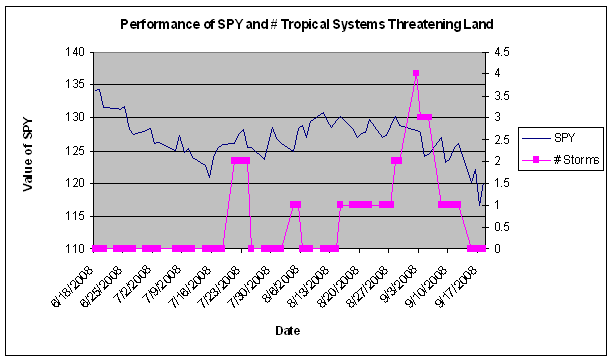
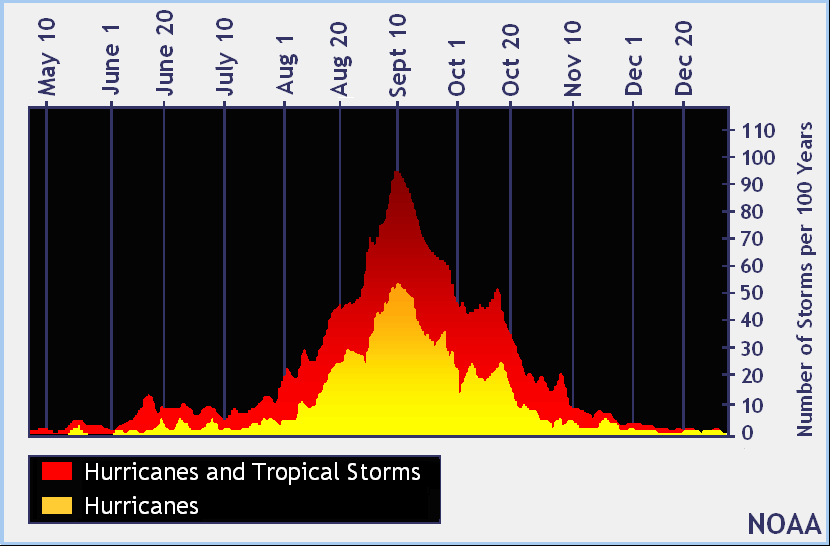
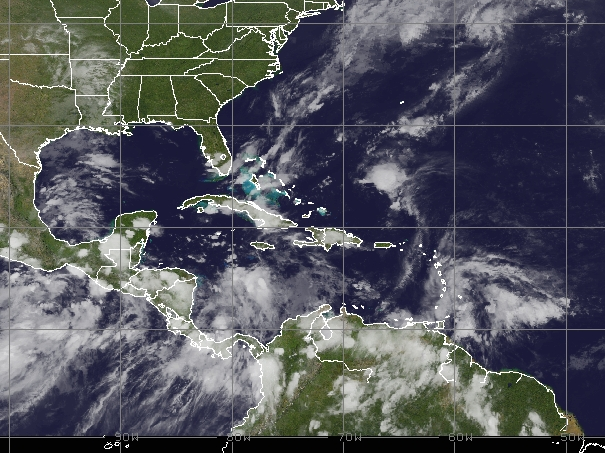
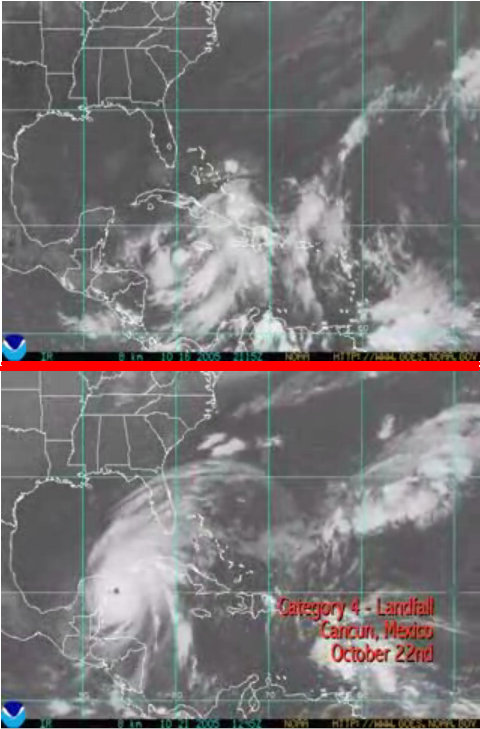
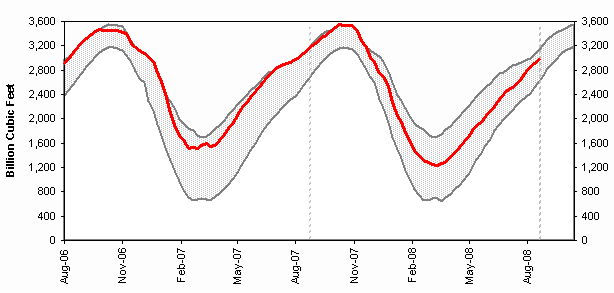
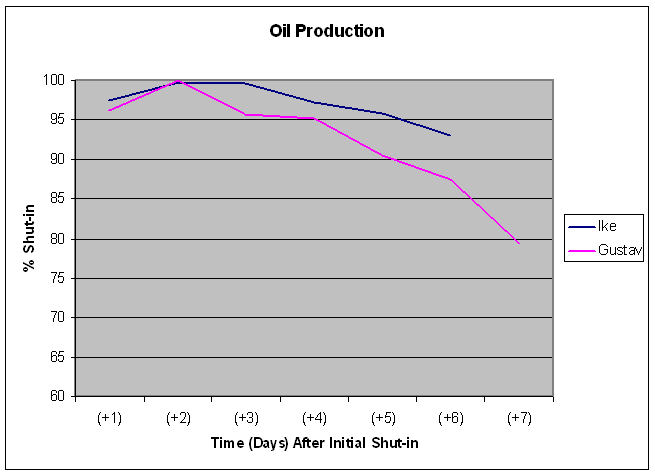
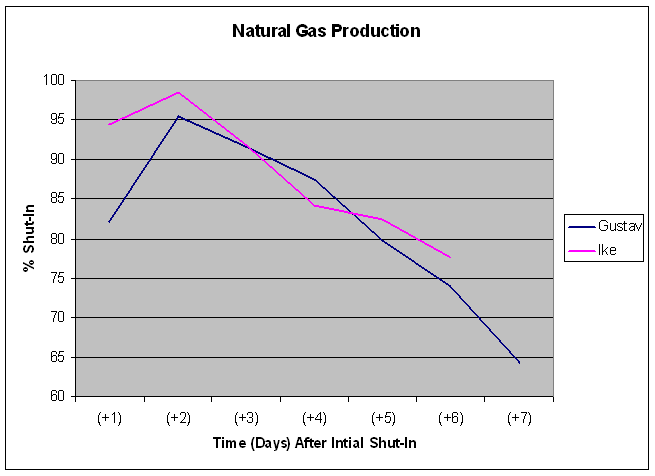



The weather has been exceptionally cool around here for this time of year. I am speculating that the lack of energy demand for AC is contributing to the build in NG.
I am expecting a helluva cold winter, so this should reverse in spades.